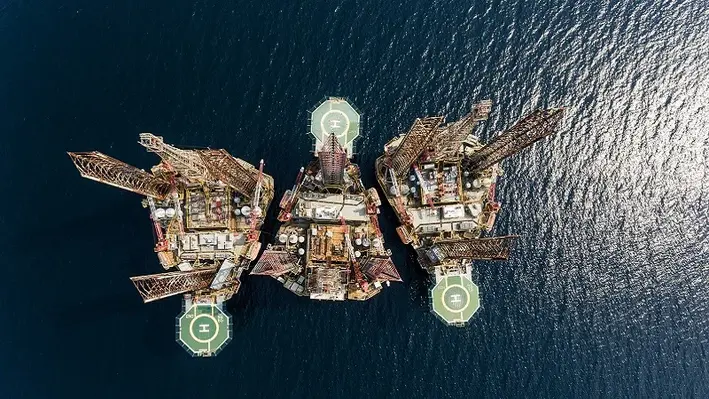
 Silverwell Technology, a global developer of digitally intelligent gas lift production optimisation systems and services, has celebrated a step forward in permeating the African market after securing a contract from a major operator offshore Nigeria.
Silverwell Technology, a global developer of digitally intelligent gas lift production optimisation systems and services, has celebrated a step forward in permeating the African market after securing a contract from a major operator offshore Nigeria.
The contract will see Silverwell bring its digitally intelligent artificial lift (DIAL) gas lift production optimisation system to the country. This system integrated in-well monitoring and control of gas-lift well performance with surface analytics and automation to continually optimise production, remotely and without well intervention. This is expected to bring significant benefits to the operator with DIAL reportedly enhancing the net present value (NPV) of each well by up to US$50mn over their lifetime.
According to Silverwell, DIAL is used by operators around the world for onshore and offshore applications. Currently, it is being installed in shallow water oil wells in the Gulf of Guinea and is operated from an unmanned production platform.
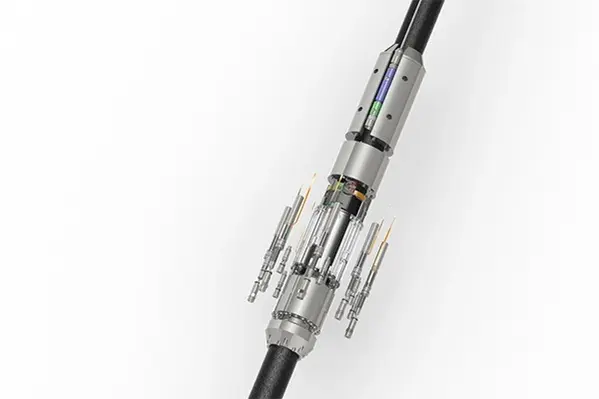
“The key driver for the operator was the OPEX saving related to well intervention and the associated logistical cost. The DIAL system also enables the ability to ensure continuous and remote well monitoring and production optimization,” remarked Stephen Faux, General Manager of Operations for the Eastern Hemisphere. “Conventional gas lift systems would require identification of the optimisation issue, data analysis, vessel mobilisation, and ceasing production to perform well intervention to change the gas lift valve(s).
“This process, from start to finish, can take several months and incurs significant financial impact. With DIAL, all data is delivered in real time to the engineer’s desk allowing them to perform analysis, identify uplift opportunities, and make changes to the configuration without visiting the platform. Petroleum engineers can improve production uplift in minutes.”
Silverwell noted that with the system cutting well lifecycle costs by eliminating well intervention, avoiding deferred production and substantially reducing logistics expenditure, it could bring significant benefits to West Africa. And, in doing so, the company expects this contract to lead to further adoption of DIAL in West Africa and across the continent.
Darrell Johnson, Silverwell CEO, said, “Entering the African market and successfully delivering our first project there is a major milestone for Silverwell, as recognition of DIAL’s benefits to operators continues to gather momentum globally.
“Opening up this latest frontier for our industry-leading technology provides a platform for further expansion in West Africa and the wider continent. We see significant potential for DIAL in Africa and elsewhere. From North America to the Middle East, Asia Pacific, and now Africa, demand for a proven method to reduce operational expenditure while maximizing asset productivity is growing. We’re excited for the next steps in DIAL’s journey toward adoption by operators in every region.”
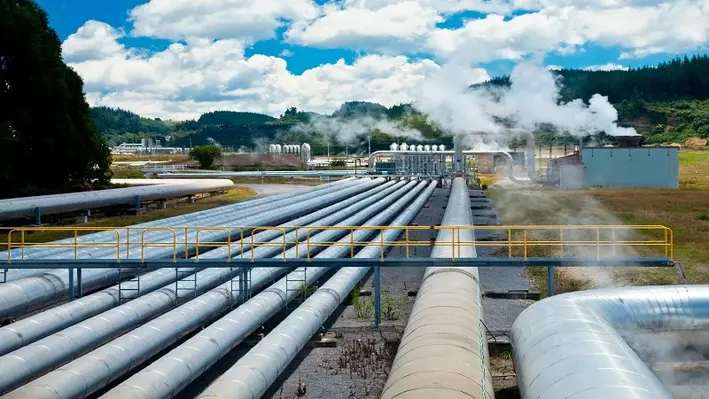
 Contact has released a statement stating that its Tauhara project is likely to be online by winter this year, with an initial capacity of at least 152MW.
Contact has released a statement stating that its Tauhara project is likely to be online by winter this year, with an initial capacity of at least 152MW.
This comes as the company notes steady progress of the commissioning works at the Tauhara geothermal plant, post successful completion of remedial work to the steam separation plant.
Power station commissioning activities are all in place to start before it is synched to the system by early May. This will be followed by 30-day reliability run required to support commercial operations.
The company has acknowledged the project team's tireless contribution to deliver the Tauhara commissioning timeline and do justice to the project's worldclass standards. It considers the Tauhara geothermal project a part of Contact26, the company’s strategy to lead the decarbonisation of New Zealand.
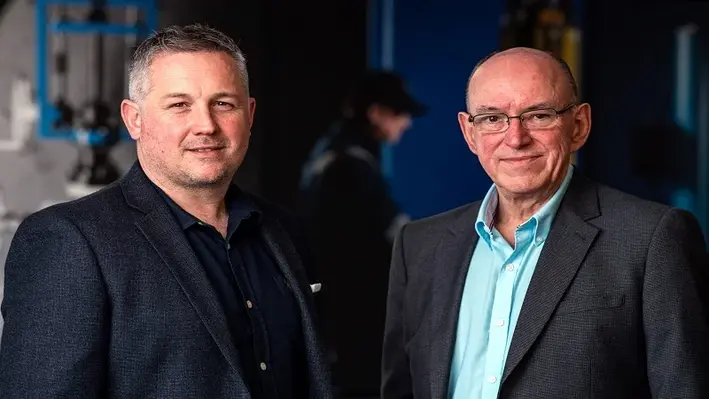

Well integrity solutions provider Unity has onboarded Ian Retalic as the new Wells Manager, as part of the company's robust 2024 growth plan.
In his new role, Retalic will be tackling senior client relations and international growth, looking into strategies to expand the reach of Unity's well integrity, intervention and plug and abandonment solutions to a global scale.
Untill now, Retalic has been associated with Altus Intervention as the Business Development Manager for eight years, where he served the company’s global provision of well intervention and technology services. His 35 years of experience include strong technical, commercial and leadership skills that are the results of an impressive line-up of positions as Senior Well Services Supervisor for the Brent Field at Shell; Senior Well Operations Engineer and Wells Project Manager for Baker Hughes; Drilling Supervisor and board level Director of Business Development, Marketing and Sales at Leading Edge Advantage and Global Product Line Manager at Lloyd’s Register.
Retalic said, “Unity has positioned itself as a leader in its field with a valuable and unique industry offering. I’m excited to be playing my part in its ambitious growth plans and to be helping operators to benefit from the company’s progressive well integrity, intervention and decommissioning solutions.”
Welcoming the new team member, Stuart Slater, Technical Sales Director at Unity, said, “Ian’s senior level expertise is a great asset and his industry knowledge and practical approach are already proving to be an excellent synergy. I’m sure he will hit the ground running and I’m looking forward to working with Ian as we invest in the strategic growth of our Wells, Decom and Innovation business streams across new geographic and energy sector markets.”
Retalic's appointment to the sales team at Unity follows that of wells and decom specialist Dillan Perras, who joined the board in January.

 DOF has been awarded a substantial Subsea Engineering Procurement Removal and Disposal (EPRD) Contract from A/S Norske Shell in the Atlantic region, with more than 100 combined days utilisation of the vessels Skandi Hera and Maersk Installer.
DOF has been awarded a substantial Subsea Engineering Procurement Removal and Disposal (EPRD) Contract from A/S Norske Shell in the Atlantic region, with more than 100 combined days utilisation of the vessels Skandi Hera and Maersk Installer.
Under the contract, the company will deliver an integrated solution of project management, engineering, design, analysis and survey. Services will range from the recovery and recycling of umbilicals, risers, rigid spools and manifolds to other subsea structures and infrastructure, at the Knarr and Gaupe fields. Preparatory work is on before offshore execution begins in Q2 and Q3 2025.
Mons S. Aase, CEO DOF Group ASA, said, "The award continues to demonstrate DOF’s inhouse capability of offering turnkey solutions to our existing and new customers, building on our established capability offering in the decommissioning market."
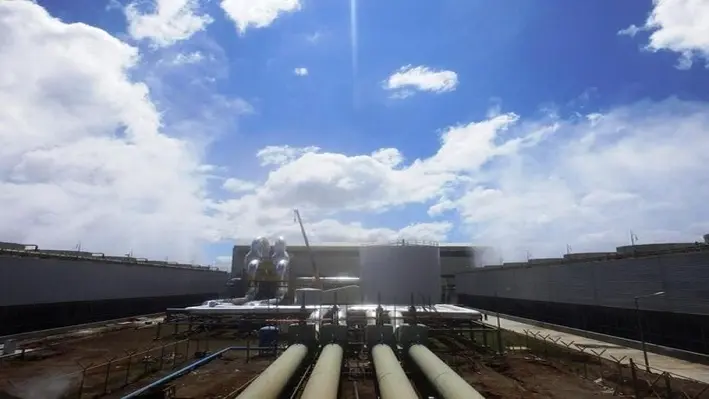
 Toshiba Energy Systems & Solutions Corporation (Toshiba ESS) will be supplying SEPCOIII Electric Power Construction Co., Ltd. with steam turbines and generators for the geothermal power plant equipment renovation of Units 1 through 3 at the 45MW Olkaria I geothermal power plant in Kenya.
Toshiba Energy Systems & Solutions Corporation (Toshiba ESS) will be supplying SEPCOIII Electric Power Construction Co., Ltd. with steam turbines and generators for the geothermal power plant equipment renovation of Units 1 through 3 at the 45MW Olkaria I geothermal power plant in Kenya.
The equipment will be shipped to the site by December 2025.
Said to be the oldest geothermal power plant in Kenya, Olkaria I has been in commercial operation by the Kenya Electricity Generating Company PLC (KenGen) since 1981.
The installation of the new steam turbines and generators will allow the units to achieve higher outputs with less steam, as each of them will increase considerably from 15MW to 21MW each. This will make a huge difference in meeting Kenya's growing demand for power. The development aligns with the Kenya Government's Vision 2030, which aims to boost the country's electricity generating capacity from renewable sources. Many new geothermal power plants are planned to tap into the 9GW geothermal potential in Kenya's Great Rift Valley region.
Toshiba ESS and KenGen are working closely since 2022 in providing operation and maintenance (O&M) services for geothermal power plants, and have plans to expand their service to developing countries beyond Kenya.
Shinya Fujitsuka, Director and Vice President of the Power Systems Division at Toshiba ESS, said, "I'm pleased that we can contribute to energy stability in Kenya by providing our equipment and services. Toshiba ESS will continue to provide optimal products and solutions to meet customer needs through its lineup of small to large geothermal steam turbines and generators with power outputs ranging from 1 MW to 200 MW. Aiming for the further clean energy indispensable for the realization of a sustainable society, we will contribute to the realization of a carbon neutral society by providing geothermal power plant services both in Japan and overseas."
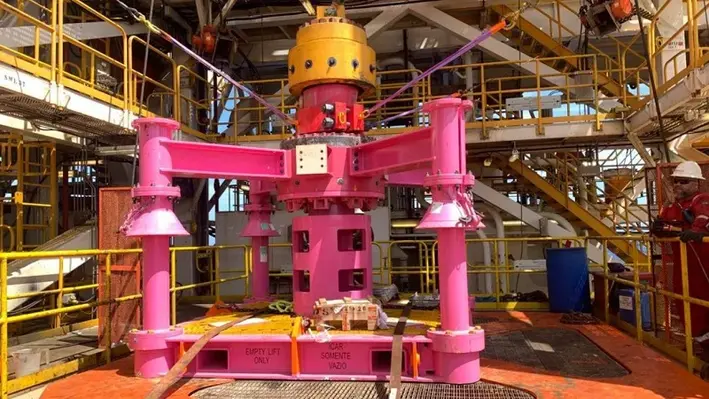

Referencing the many mature offshore fields that are drawing ever-closer to retirement, Baker Hughes has published a 'Perspectives' article exploring why improving the cost for plug and abandonment is not only an industry opportunity but an industry imperative.
The article highlighted that, for the first time in history, a large proportion of offshore oil and gas infrastructure is now careening towards costly decommissioning as productivity wanes. According to Wood Mackenzie Lens data, by 2030 global decommissioning expenditure will hit an average of US$15bn a year, rising to US$25bn in 2035. Between 2021 and 2050, a staggering US$400bn will be spent.
Lorna Yuill, leader at Oil Field Services and Equipment (OFSE) Baker Hughes Growth Hub leader, said, “If we can properly support the well decommissioning phase, we can save our customers money while at the same time securing good outcomes for the environment.”
The team of OFSE Growth Hub has therefore sought to address this challenge and devise solutions to reduce the looming expense of decommissioning. One such envisioned answer is a Swiss Army-knife-life universal tool that can interface with virtually all vendor systems, offering advantages in terms of operators only having to deal with one supplier for one set of tools across a field of ageing wells.
“A customer might spend US$15mn on the single set of tools,” remarked Yuill, “but if they needed to go to four OEMs to decommission aging equipment across a field, they’d have to spend more than US$40mn on tools alone.”
She added that using just one set of tools to decommission the various components of any number of wells in a field, is more efficient, than having to use a variety of tools, and can therefore also reduce time spent on the decommissioning by between 30% and 50%.
View the full opinion piece from Baker Hughes, including real life examples of agnostic tooling being supplied, an exploration of how passive well monitoring systems can further help reduce costs and how the company is working to secure the safety of offshore decommissioning projects at: https://www.bakerhughes.com/company/energy-forward/aging-subsea-wells-brim-opportunity
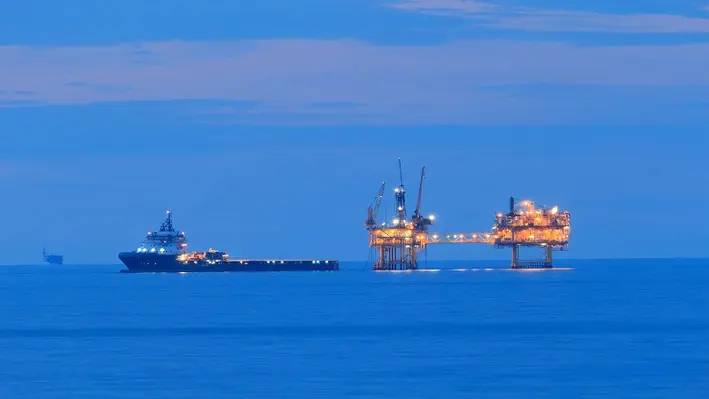
 Marking its latest development as a 'decommissioning milestone', Perenco UK announced that it has successfully completed the plug and abandonment of three subsea wells at the Gawain field in the UK Southern North Sea.
Marking its latest development as a 'decommissioning milestone', Perenco UK announced that it has successfully completed the plug and abandonment of three subsea wells at the Gawain field in the UK Southern North Sea.
In a campaign that added up to 160 days and included more than 340 air dives, the workforce made sure to remove all associated subsea infrastructure as well. Post decommissioning surveys will continue till the end of the year so that the seabed is left spotless.
Given the challenging winters in the Southern North Sea, the team was able to tackle the project unscathed as they worked considering the health, safety and environment factors. Workers were backed by specialist contractors and a jack-up vessel equipped with an air-based diving, and remotely operated vehicle (ROV) spread to allow for rig-based diving.
Perenco UK SNS Managing Director, Jo White, said, “The completion of this significant project shows the commitment Perenco has to effective and efficient decommissioning of our SNS assets. It highlights the expertise of our specialist teams, with a mindset of developing innovative approaches, while maintaining a strong focus on health, safety and the environment.”
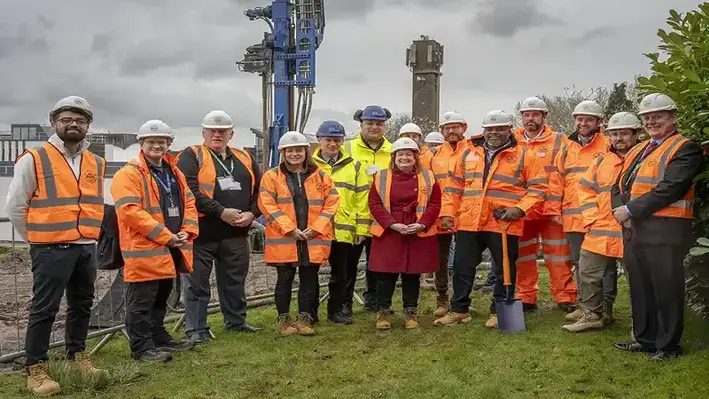
 In line with its decarbonisation plans, the British Geological Survey has initiated a £1.7mn renewable energy system, including the installation of a geothermal heat pump that also serves as a 'living laboratory' at its headquarters in Keyworth, Nottinghamshire.
In line with its decarbonisation plans, the British Geological Survey has initiated a £1.7mn renewable energy system, including the installation of a geothermal heat pump that also serves as a 'living laboratory' at its headquarters in Keyworth, Nottinghamshire.
Primarily funded by the Natural Environmental Research Council (NERC) with a further contribution from the Government’s Public Sector Decarbonisation Scheme, the installed system comprises of 28 boreholes drilled to a depth of 225 m.
With advanced monitoring enabled to assess running costs and efficiency, the site will also serve as a laboratory for organisations considering to replace fossil fuel boilers with clean heat pumps. In fact, the institute will conduct further studies through rock samples to help get a better understanding of the flow of heat and water underground, which can be resourceful for those taking up similar projects in the future.
The geothermal setup at the BGS campus that substitutes greenhouse gas-emitting gas boilers will save approximately 30 tonnes of carbon dioxide per year, and reduce the organisation’s heating bill.
"Geothermal energy is heat that naturally occurs under the ground and is available 24/7 across the UK. This project will demonstrate the deployment of ground-source heat pump technology to decarbonise existing buildings across the public sector estate," said David Boon, Senior Engineering and Geothermal Geologist at BGS.
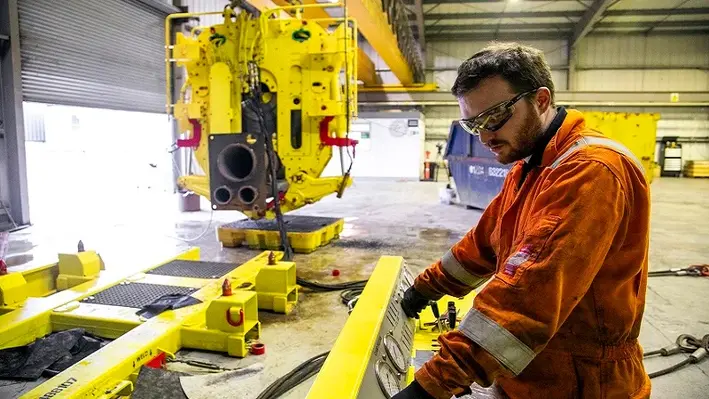

Decom Engineering (Decom), a provider of green decommissioning solutions, has executed three market-entry Australian contracts to strengthen its position within the Asia Pacific region.
The company was commissioned to supply and operate its chopsaw cutting technologies on behalf of a major operator in the Bass Strait alongside two other clients in Australian waters. Together, the contracts amounted to more than UK£500,000.
The decommissioning specialist performed three cuts on a 20’’ concrete weight coated carbon steel rigid pipeline as well as 25 cuts on a 13’’ in-filled flexible flow line jumper, with a 4.5’’ piggy back. This was achieved through the deployment and use of its C1-24 chopsaw at water depths of around 400 m. Meanwhile, another C1-24 chopsaw was utilised on assets in the country’s North West Shelf at water depths of around 500 m.
Decom Engineering Managing Director, Sean Conway, remarked, “The award of these three contracts by major operators is a clear signal that our commitment to the Australian decommissioning sector is being rewarded. With the extensive track-record Decom has established on projects in the UK North Sea, Africa and Asia, we judged that now was the right time for us to enter the Australian market and we are keen to be part of the sector’s journey to sustainability.”
The commitment to the country took the form of a significant investment in the region of UK£500,000 in order to establish infrastructure and relocate equipment and personnel to be reactive to local market demands. This decision was taken after the company recognised the remarkable opportunity that Australia presents, leading Decom to recognise it as strategic market for its future growth. This is also in line with a wider growth directive for the Asia Pacific market, with Decom investing upwards of UK£2mn to design and manufacture a nine-strong portfolio of chopsaws and supporting equipment (including control panels, spares and consumables) which have been used of projects throughout the region.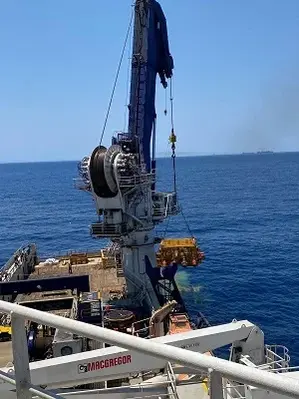
“We are excited to be kicking off three Australian projects in tandem and look forward to building a strong relationship with our customers,” Conway added. “As our reputation grows, we will replicate our AsiaPac model by investing in facilities, equipment and personnel in Australia, to provide cutting edge technologies which will assist contractors and operators looking for cost effective and environmentally sound decommissioning solutions.”
Following initial success, the company is aiming to introduce its Pipe Coating Removal (PCR) system to Australia in order to offer a full-service decommissioning option for redundant oil and gas steel pipes. The PCR strips steel tubulars of coating and transforms the pipe into a reusable product suitable for other uses.
Conway concluded, “To date our PCR system has processed more than 30,000 tonnes of steel tubulars from surplus prime and decommissioned oil and gas fields and we think that this is an offering which could introduce significant environmental and financial benefits to the massive Australian decommissioning sector.”

 The city of Kalisz, Poland, is set to receive PLN14mn (approx. US$3.5mn) from the National Fund for Environmental Protection and Water Management to subsidise the drilling of a geothermal well in the city.
The city of Kalisz, Poland, is set to receive PLN14mn (approx. US$3.5mn) from the National Fund for Environmental Protection and Water Management to subsidise the drilling of a geothermal well in the city.
The Ministry of Climate and Environment granted the funding to carry out work checking the availability of geothermal reserves by drilling a vertical borehole to depths of 1,700 m next to the Aquapark swimming pool complex within 2024-2025.
Kalisz has been rumoured to be the home of rich geothermal reserves, and this exploration project aims to discover if there is indeed truth to that statement.
Kalisz’ Mayor, Krystian Kinastowski, stated, “We have been waiting for this information for a long time, but it was worth developing projects, documents and analyses for many years.
“We will drill a geothermal well in Kalisz to check the availability of geothermal waters under out city […] We hope that we will be able to discover hot springs and the water found in them will be used to heat homes and for recreational purposes.”
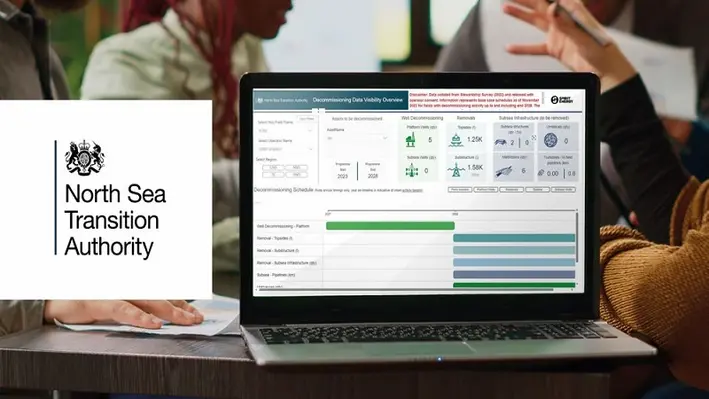

The North Sea Transition Authority (NSTA) has released the latest version of the Decommissioning Data Visibility Dashboard in a bid to make decommissioning operations more cost-efficient.
When first piloted by the organisation in 2021, the platform included field-specific information of just three operators. Now, that number is up to 15, unlocking even more vital information about upcoming work to potential suppliers. This will allow for enhanced collaboration and careful planning to achieve more cost-effective decommissioning operations, ultimately making them more attractive.
According to NSTA, the interactive dashboard provides suppliers with the confidence to invest in technologies and training by reducing the uncertainty and lack of transparency around the timing of decommissioning activities. Armed with data from the annual UKCS Stewardship Survey, it shows how many wells, subsea structures and pipelines the companies plan to decommission – as well as the weight of platforms to be removed – over the next five years.
Alastair Bisset, NSTA Head of Decommissioning and DaRT Co-Chair, remarked, “Suppliers need to know when decommissioning work is going to happen so that they can invest with confidence and plan effectively. The dashboard was created to help plug this knowledge gap, so it is very satisfying to see this group of leading operators put their weight behind it.”
Operators will be able to use this data to identify potential collaboration opportunities to decommission wells together (thereby saving costs) while service providers have the chance to discover what skills and resources will be in demand at an earlier date.
Scott Barr, Executive Vice President, North Sea, at Harbour Energy and DaRT Co-Chair, commented, “This dashboard will help provide the supply chain with the visibility and confidence they need to deliver UK decommissioning works in a timely and cost-competitive way. It will also enable organisations to better understand future demand for skills and resources and to further increase their capacity to invest in technology and training programmes accordingly.”
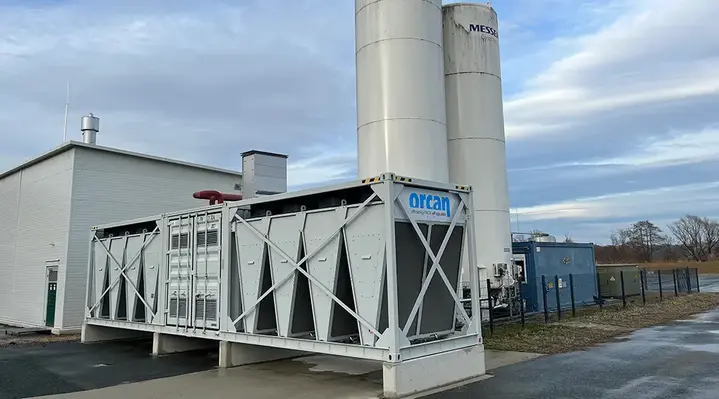
 Austrian fruit and vegetable producer and marketer, Frutura, has commissioned an energy module from Orcan Energy allowing the company to transfer excess heat from geothermal drilling into clean power.
Austrian fruit and vegetable producer and marketer, Frutura, has commissioned an energy module from Orcan Energy allowing the company to transfer excess heat from geothermal drilling into clean power.
The Orcan Energy module produces around 625MWh of electrical energy per year, enabling Frutura to save approx. 100 tons of CO2 annually.
In 2016, the company opened Frutura Thermal Vegetable World in Styria, Austria, marking a significant step for a new era of sustainable agriculture. Thermal water is used to heat greenhouses, and until recently the excess heat generated by geothermal drilling remained unused. Now, Futurua is converting the heat into clean energy with the help of Orcan Energy’s module and utilizing the geothermal borehole all year round, enhancing energy efficiency.
Manfred Hohensinner, Managing Partner for Frutura, said, “Now that we have become independent of fossil fuels for heat generation, it was a logical step to convert the excess heat from geothermal drilling into electricity. Orcan Energy was the ideal partner for us, providing all the flexibility we need to respond to any changes in the future thanks to their modular approach.”
Andreas Sichert, CEO of Orcan Energy, commented, “Together, we combine the direct use of geothermal heat with the production of electricity. With Orcan Energy, heat-to-power is also possible on a smaller scale thanks to our modular approach.
“In particular, the simple combination with our standardised modules has great potential: We can meet both the heat and electricity requirements of the building sector, commercial and industrial businesses with geothermal energy in a decentralised, CO2-free and attractively priced way.”
Page 51 of 111